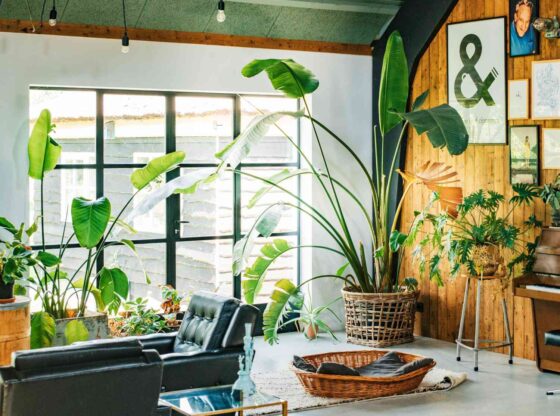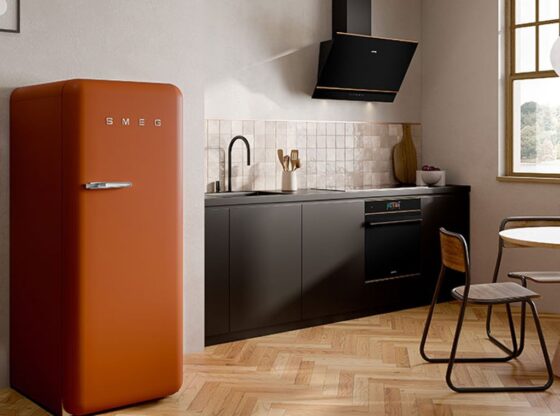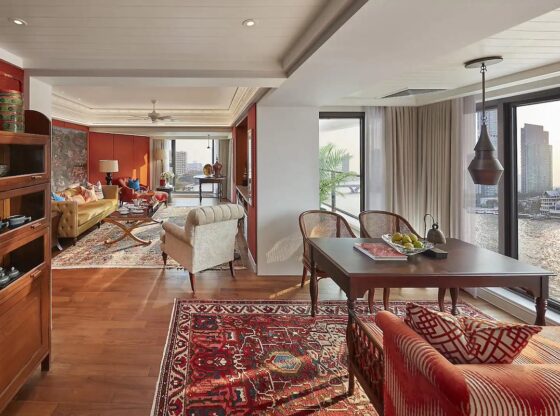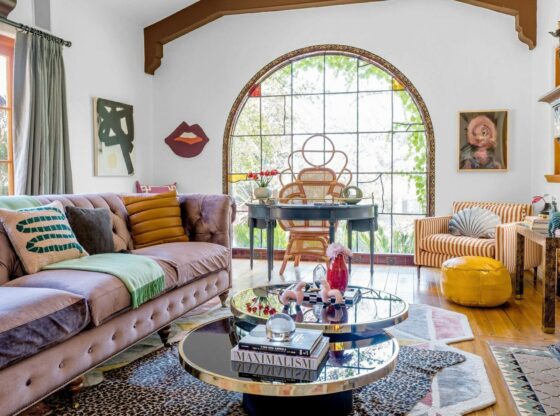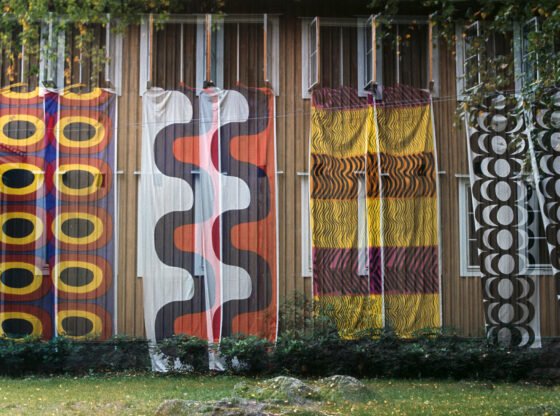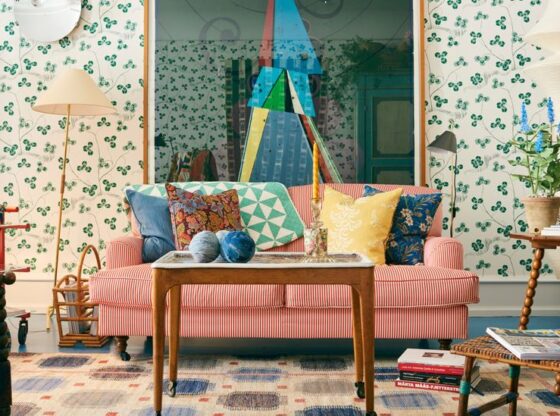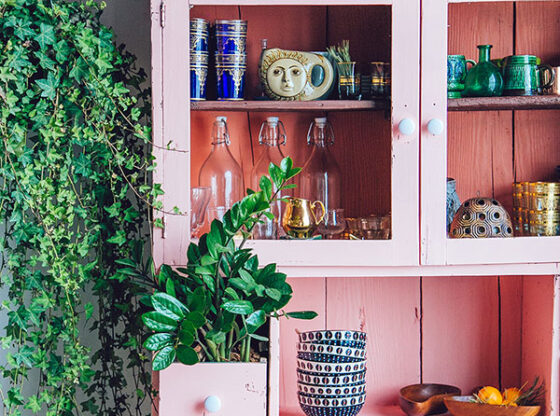![]()
With more individuals looking to create a tranquil oasis within their homes, Asian interior design is becoming an increasingly popular theme. Whether it’s the minimalist nature of Japanese decor or the peaceful and calming characteristics of Chinese-inspired elements, many people are drawn to Asian interior design for its beauty and sophistication. In this blog post, we will explore why Asian interior design is gaining traction amongst homeowners of all backgrounds and discuss some key aspects that make it so unique and desirable.
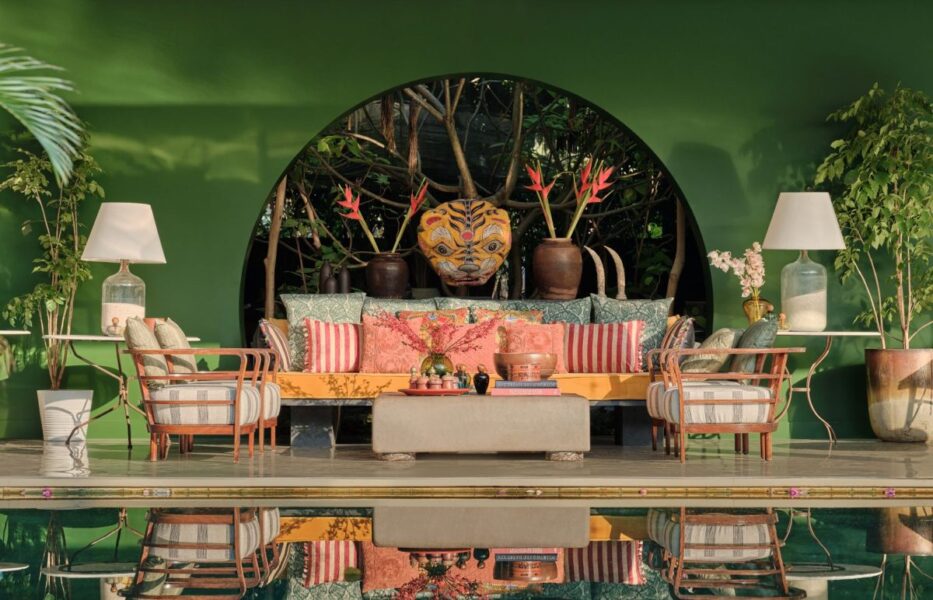
What Is Asian-Inspired Interior Design?
Asian-inspired interior design is a style of home decor that incorporates cultural pieces, shades and patterns from the Far East. This includes things like Japanese shoji screens, Chinese wall friezes, and furniture inspired by ancient Asian designs. Many homeowners choose to incorporate other elements such as oversized art, vases, or sculptures to create a unique style that blends well with the long-standing Asian traditions. Deep colors like sapphire blue and crimson red, along with softer matte colors like ivory and jade green, create a look that is simultaneously both modern and ancient. This design style truly celebrates the integration of old-world charm within today’s contemporary styles.
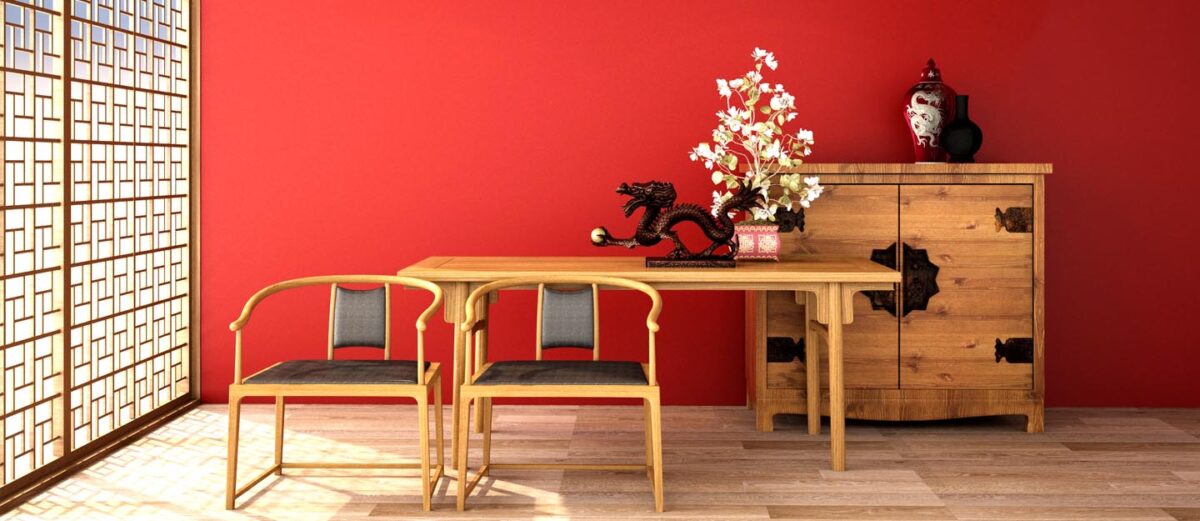
Chinese Design
In Chinese-style rooms, bright colors and intricate furnishings are the norm.
Red is a dominant shade in Asian interior design and it is associated with “good luck” in Chinese culture. Other colors frequently featured are yellow and green, often utilized as accents. Wood tones tend to be dark and deep in hue, but colorful paper lanterns are typically crafted in bright colors.
“Chinoiserie” refers to the practice of decorating furniture and other objects in a style emulating the sophisticated ornamentation of traditional Chinese furniture and decorative arts. Even if Chinoiserie is all the rage now, its peak was in the middle of the nineteenth century in Europe. The architectural style employed in many pavilions and garden pagodas reflects this Chinese influence.
Japanese Design
The use of natural materials and muted hues gives Japanese-style homes a serene, Zen vibe. Water fountains and tatami mats are two examples of these natural touches. The dimensions of a room in Japan are indicated by the size of the tatami, which are soft straw mats with cloth edges.
With bamboo, stone, and other natural items, you can create a soothing color scheme of brown, gray, and green. Ceramics and fabrics with delicate flower designs and colors are used for decoration.
The furniture and accents are usually simple in design and meant to be placed at or near floor level. Enthusiasts of contemporary and minimalist designs will appreciate the purity of the Japanese aesthetic.
The Key Elements of Asian-Inspired Interior Design:
The Art of Feng Shui
Feng shui is an ancient practice of arranging interior spaces to promote harmony and balance through the flow of energy. It prioritizes comfort and functionality while also allowing us to consider how the visual aspects of our home can affect our lives, such as how the placement of furniture can guide positive energy in. Soft colors, curved furniture pieces, natural materials, houseplants, and artwork are all key elements in feng shui design.
Antique Ornaments
Asian antiques are a timeless and eye-catching way to liven up any living space. They combine classic inspiration with unique craftsmanship, allowing your home to project an aura of sophistication. Whether you’re looking for charmingly painted vases or beautifully crafted jade sculptures, you can find an impressive variety of Asian antiques available.
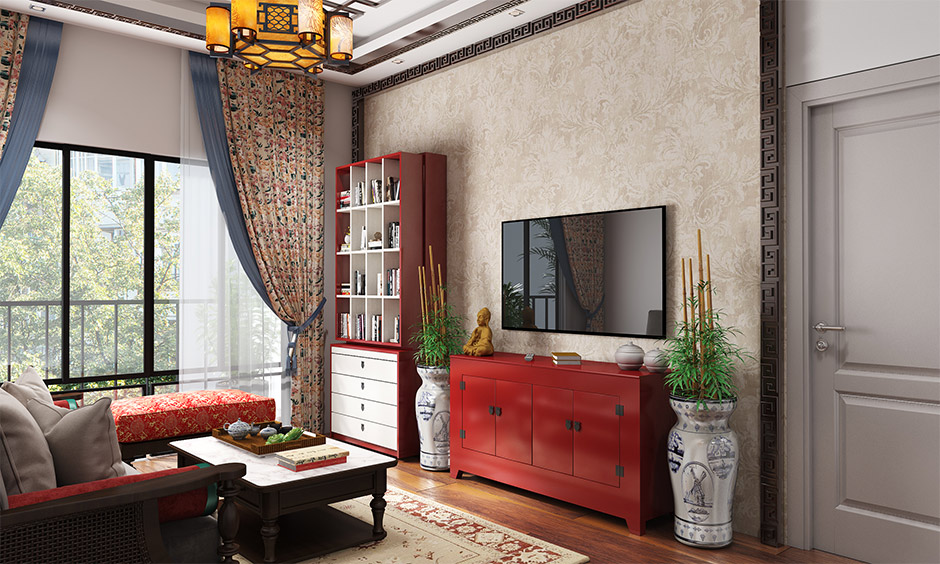
Lively Colors
When implementing an Asian-themed interior, a vibrant accent paired with a neutral background is always incorporated.
Pink or cherry blossom accents, lush purples, or alluring reds are essential to the Oriental design, since they are a key component of Chinese-inspired decorating designs. To emphasize the mystical mood of the space, implement dark shades or stunning golden tones matched with a light neutral base.
Water Features
Water is another great way to usher in Asian design with ease when it comes to creating an environment of harmony. The sound of flowing water is both soothing and elevating according to Feng Shui, and a simple water fountain in the entrance room or living room is a beautiful addition. There’s no denying how peaceful a reflecting pool can be and how beautifully it can fit any setting.
Subtle Lighting
Lighting plays a major role in determining the look of your house, particularly in Asian-style interiors. Paper lanterns, decorative fixtures, and candles are great for achieving a serene atmosphere.
Natural Elements
You may add scented candles, sandalwood incense, and even wind chimes to truly get into the Far-Eastern feel you’re going for.
You can also add some life to the room by using potted plants and flowers, which will transform an ordinary house into a space that’s both stylish and cozy.
It’s not only about the aesthetics; paying attention to the aromas and noises of the space is just as important when creating the ideal atmosphere for you and your visitors.
Sustainable Design
Eco-conscious homeowners may find this particular facet of Asian homes to be enticing. Picture-perfect Japanese interiors often include river stones or other polished rocks, bamboo blinds instead of conventional curtains, tatami mats with elaborate patterns, and potted plants and shrubs that bring in the beauty of nature. Changing just a few small things can make a big difference in how a room feels. If you want to create an authentic Asian atmosphere, it’s important to keep the decor and furniture as eco-friendly and natural as possible.
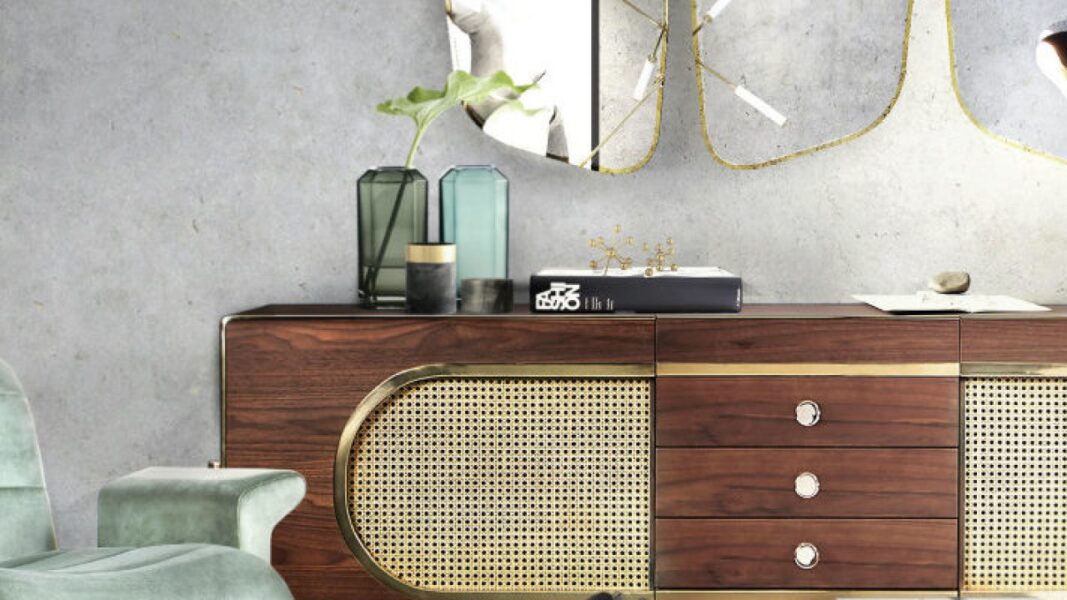
With its serene colors, natural materials, and minimalist approach, Asian interior design has gained popularity in recent years as a way to create a calm and relaxing space. If you want to make your home feel more peaceful and pleasant, you might want to add some Asian-inspired design elements the next time you redecorate.




